Getting Started Tips
Tips For Waxing Your Surfboard
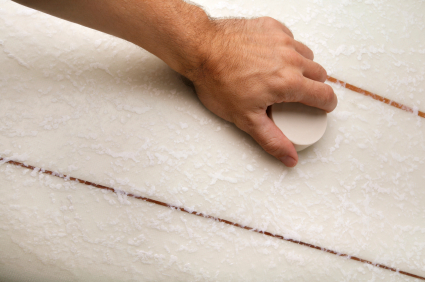
There are so many different factors when considering surf equipment that we sometimes forget how important surf wax is to our surfing experience. No longer! SurfScience wants you to understand some of the basics and a couple of other fun facts to help you buy the right wax.
How To Apply Surf Wax
For a new surfboard or one that has been cleared of any wax, it is best to start with a harder coat of base wax. In its recipe this substance will have a higher percentage of paraffin, which is a harder wax. It is also appropriate to use a harder “tropical” or warm water wax. After this layer is applied to the surfboard deck, a second layer of softer wax should be applied. This will often be categorized as cold or cool temperature wax. For the record, a surfer should cover his longboard from nose to tail, but he really only needs to cover the first 2/3 of his shortboard.
We recently spoke with John Dahl, founder of Sticky Bumps Surf Wax, regarding his theory for the best application.
“Base is really where I like to see it go nose to tail, rail to rail, and diagonal both ways because you build a really tight bump pattern. Everything goes on after that original setup.
“I’ve always said go nose to tail, rail to rail, diagonal both ways to build up a bump pattern,” continues Dahl. “But I’ve seen guys do all sorts of things. Some guys are heavy users, some guys are light, some use a circle pattern and some use a checkered pattern. It’s really fun to watch how people approach it.”
How To Choose Your Wax
Surf wax manufactures make different products for different water temperatures. Sticky Bumps, for example, uses the following scale:
Original Cool: 58-68F 14-19C
Original Cold: 60F and Below / 15c and below
Original Warm: 64-74F 19-28C
Original Tropical: 75F and above 24C and above
Dahl again offers his own take on the subject. “First you follow the guidelines, but then it’s your own preference. I just talked to a guy who only uses tropical. It’s important to remember that warm works in cold conditions, but cold doesn’t work in warm conditions. To be on the safer side, go with a warmer wax.”


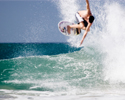
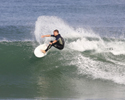


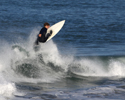
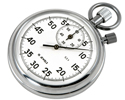


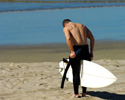


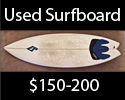

0 Comments